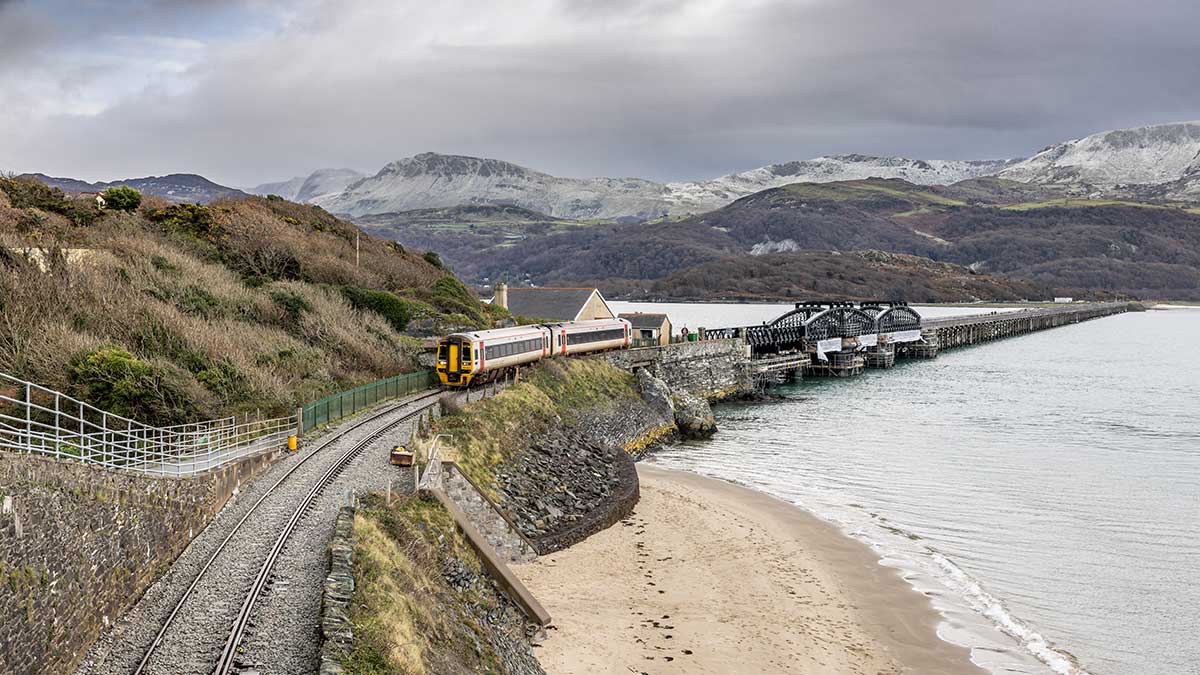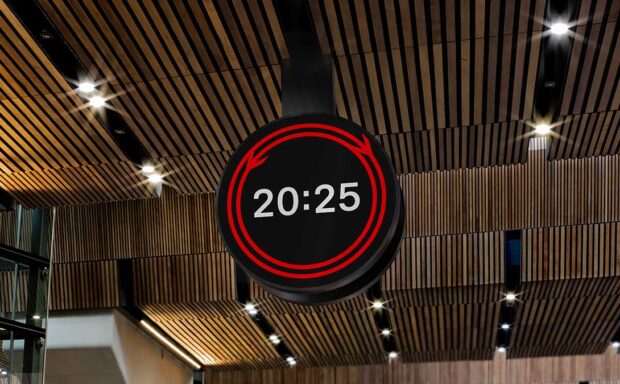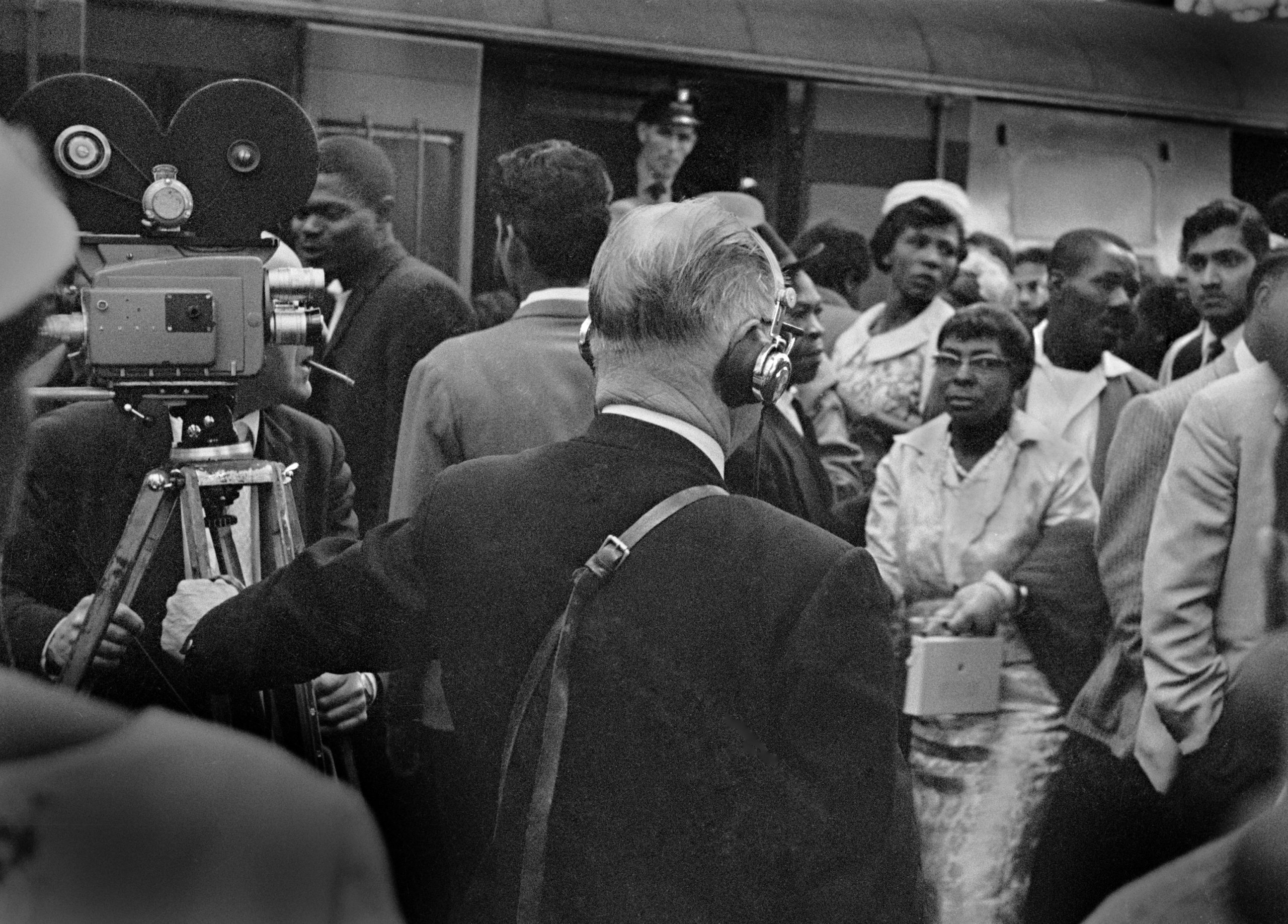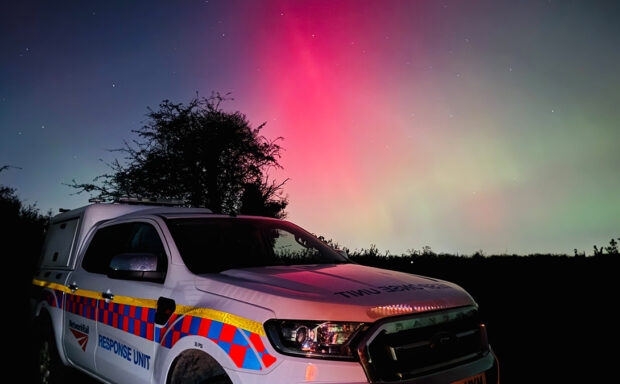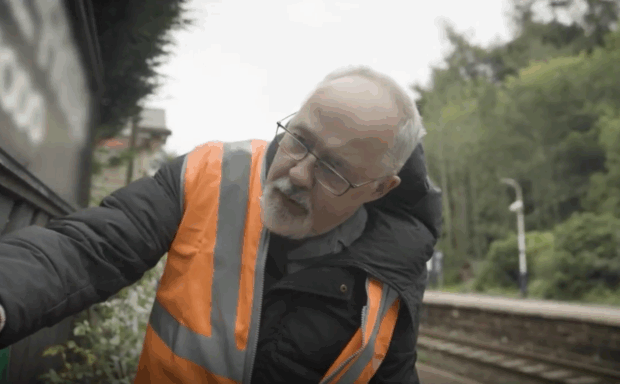Storms can severely impact the railway and cause countless minutes of delays and disruption to your journeys.
So, what do we do when a storm is forecast? Read on to find out …
Four to six months
We do lots of work to maintain and upgrade our railway in the long term so it can better deal with the effects of stormy weather all year around. But our annual preparation for winter storms begins about four to six months before the start of the season.
Charlotte Mccarthy, a seasons delivery manager at Network Rail, said: “A huge amount of work goes into preparing our network for an extreme weather event like storms. They may seem like nuisance weather, but storms can pose a real danger and threat to the railway.”
We begin as early as April checking and organising the tools, equipment and people we need to tackle storms. For example, we check whether we have enough pumps on standby, their condition and organise any servicing needed.
We also inspect key sites on our railway that are either critical or particularly vulnerable during storms. We arrange for any repair or maintenance work to be carried out as necessary. This holds us in good stead for the winter storm season.
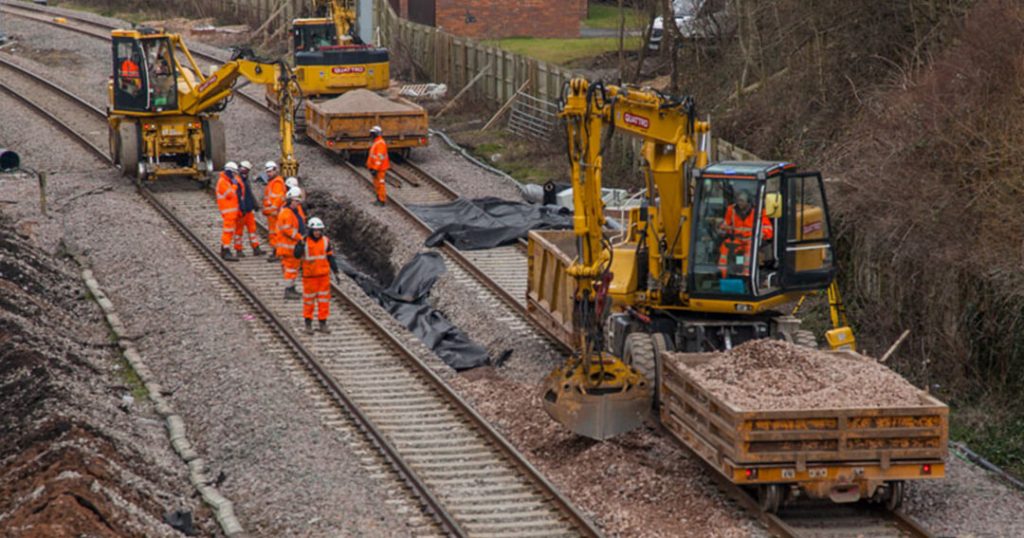
Three to five days
We usually know a storm is coming about a week before. When a storm is forecast, we work with our partners at MetDesk to understand how the storm will behave and its likely effects.
It can be hard to know when and where a storm is likely to hit far in advance. Small differences in the atmosphere can make a big difference over time so lots of different outcomes are possible the further away it is. The weather body Met Office compare forecasting a storm accurately to boiling a pot of water and trying to guess the exact location and timing of each bubble. It’s easier to know this the closer they get to forming. That’s why we usually have a clearer idea of how a storm will behave closer to the event, which is presently about three to five days before.
We’ll also consider the weather from the past five to 10 days and its knock-on-effect. For example, heavy rain before a storm often means the ground is already saturated. This makes landslips and flooding far more likely during a storm.
Our extreme weather task forces
We then begin gathering our specialist teams in each region that’ll help us manage the effects of the storm. Each team is made up of a range of people from Network Rail and the wider rail industry – all coming together to tackle the storm. There’ll be track staff to repair any faults on the ground, train and freight operating companies, even colleagues preparing public travel warnings.
Together, we’ll create a series of plans that’ll help us keep you safe and moving where we can. These plans will vary between regions depending on how we think the storm will affect the railway there. We also use lessons learnt from previous extreme weather events to help us.
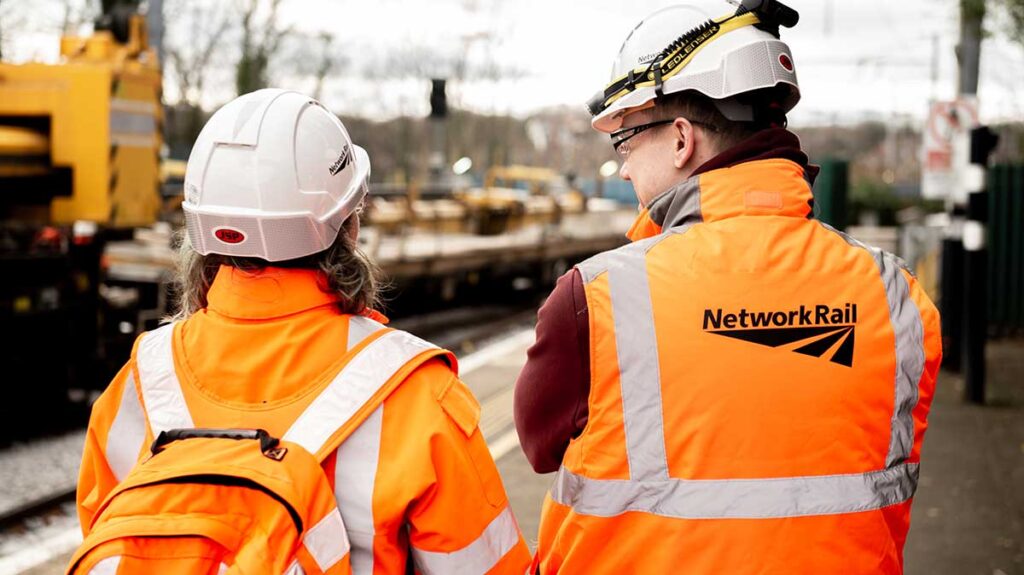
The plans may include measures like:
- setting up pumps in high-risk areas of our railway that are particularly likely to flood
- clearing drains so they’re primed and ready for the storm
- ensuring there are enough track teams on standby at critical places to deal with any incidents as quickly as possible
- deciding if and where to place speed restrictions on sections of our routes.
We’ll update these plans every day as we learn more about the storm and its predicted impact.
On the day
During the storm we’ll continuously monitor the railway and the forecast – particularly focusing on high-risk areas. Our teams on the ground will act quickly with repairs, flood defence systems and to clear the lines.
We’ll also hold regular meetings to discuss and update our plans.
Your safety comes first so we may have to slow or cancel trains and freight services if an area is particularly affected.
Calum Winter, a weather operations delivery manager at Network Rail, said: “We work together to make sure we can keep as much of the railway operating as usual wherever possible while keeping staff and passengers safe.
